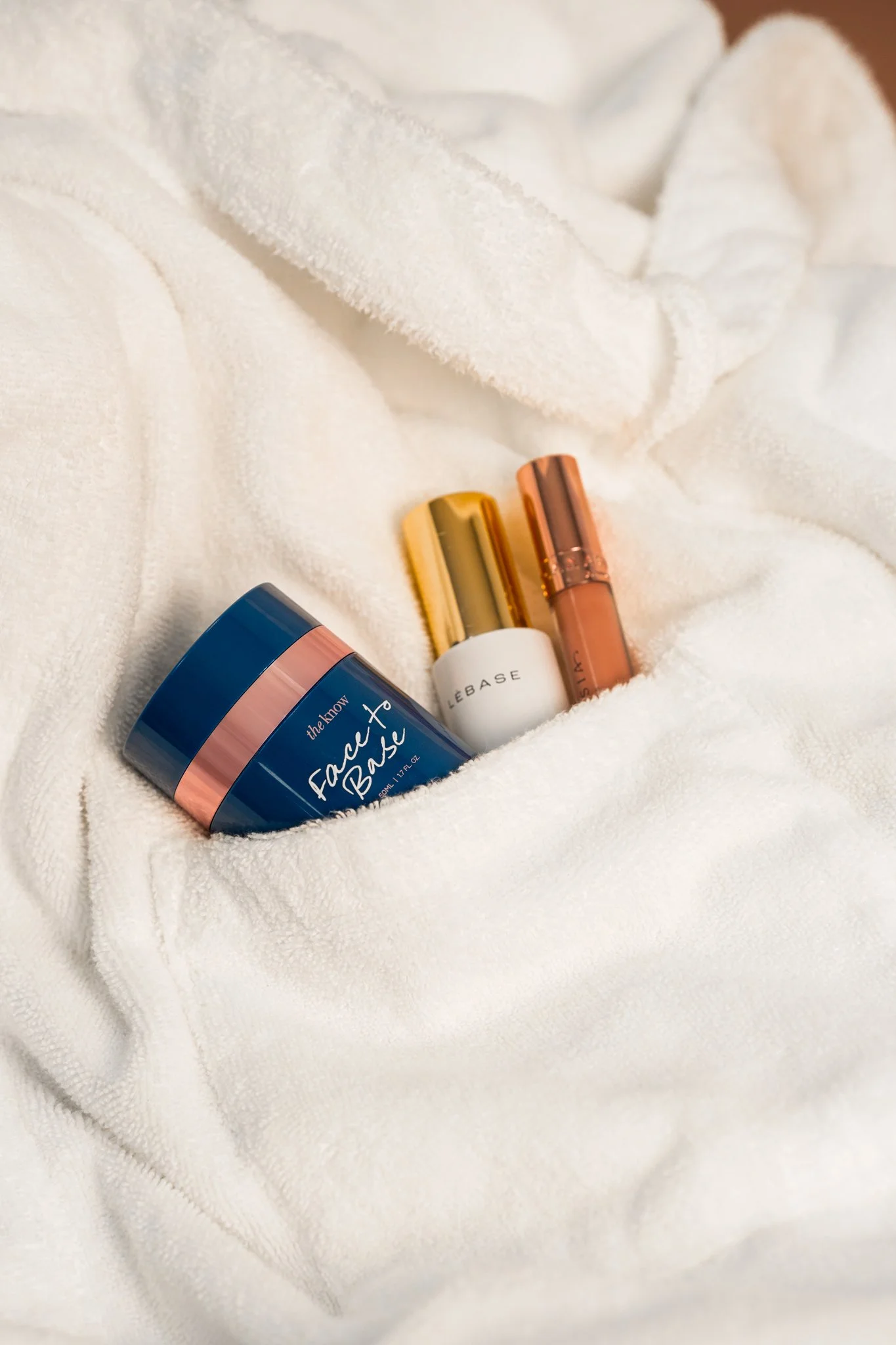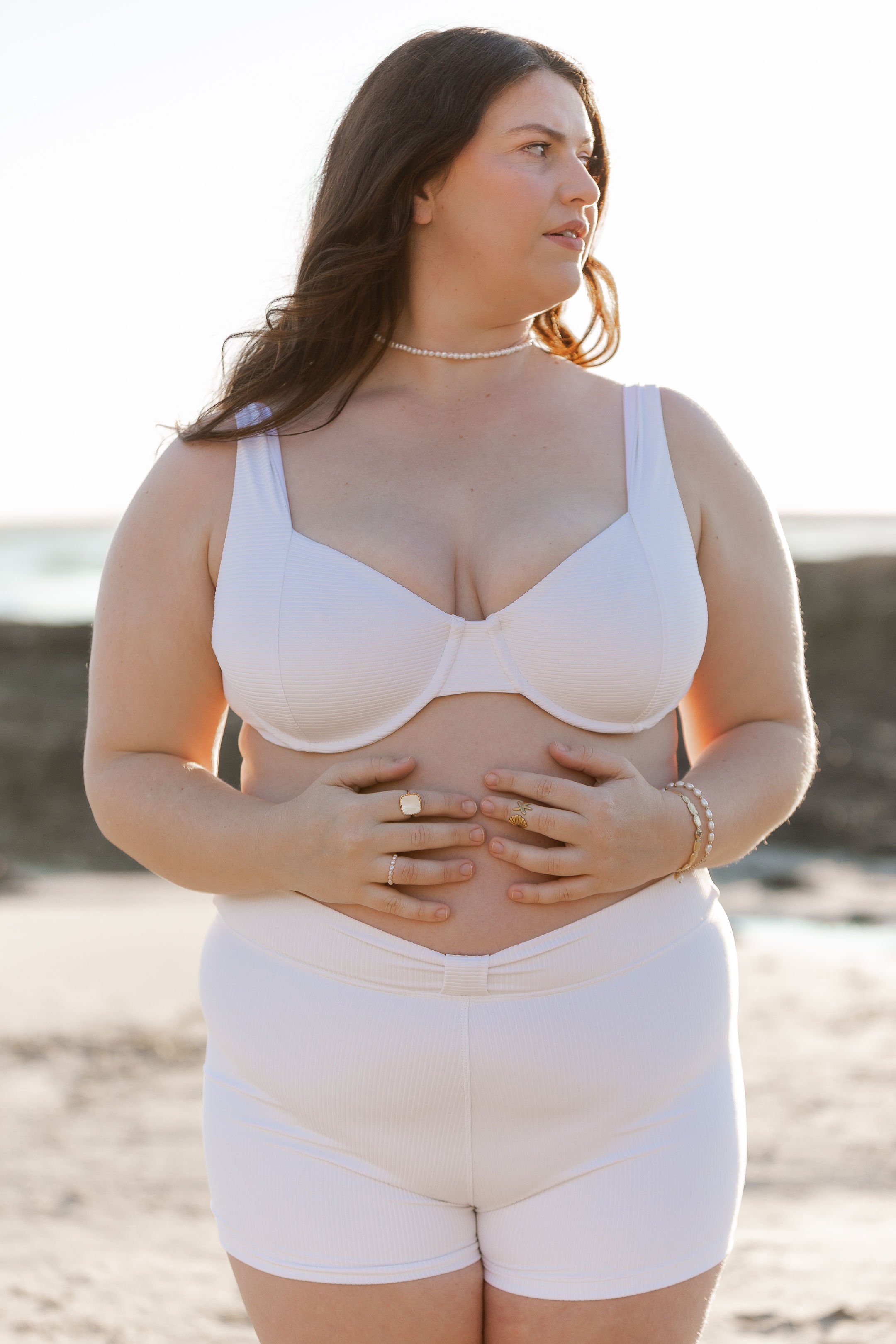Personal Colour Analysis: The Secret to Looking Radiant Every Day
Written by Dimitie Kendall
Have you ever noticed how some colours make you look fresh and vibrant, while others leave you looking dull or washed out? The secret to looking effortlessly stylish isn’t about following trends or buying expensive clothes—it’s about wearing colours that complement your natural features.
Understanding your personal colour palette can transform your wardrobe. It can make shopping easier, allow you to mix and match outfits easily, and ensure you always feel confident in what you wear. Colour analysis is the key to unlocking this effortless style. It helps you to identify which hues work in harmony with your skin, eyes, and hair.
Understanding Warm and Cool Colours
At the core of colour analysis is the division between warm and cool shades, as seen on the Colour Wheel. Every colour has a defining hue, which influences how it interacts with your natural complexion.
Warm colours have a yellow base tone, giving them a rich, sunlit feel. Cool colours have a blue/purple base tone, making them appear fresh and crisp.
Determining whether warm or cool tones suit your skin is the first step in identifying your colour palette.
Discovering Your Skin Tone
One of the simplest ways to determine whether warm or cool shades suit you best is through the white vs. off-white test. Hold a piece of pure white fabric and a soft off-white fabric near your face in natural light.
If white makes you look fresh and glowing, you likely have a cool undertone.
If off-white is more flattering and brings warmth to your complexion, you probably have a warm undertone.
To further test your undertone, hold fabrics in warm and cool shades near your face and observe which ones enhance your skin’s natural glow.
Once you know whether you suit warm or cool tones, the next step is to identify your seasonal palette. Colour analysis is divided into four seasons—Spring, Summer, Autumn, and Winter—each containing a specific set of colours designed to harmonise with your natural undertone.
Spring and Autumn belong to the warm spectrum of the colour wheel, while Summer and Winter fall within the cool spectrum
Spring colours are bright and vibrant tones.
Autumn colours are rich and earthy tones.
Summer colours are soft and pastel tones.
Winter colours are bold and icy tones.
As there are so many colours in each of the seasons, to determine your correct season, it is best to have a professional colour analysis. This will provide the most precise and personalised results.
How Colour Analysis Transforms Your Wardrobe
Once you know your colour palette, building a wardrobe becomes effortless. Shopping becomes more intentional, and getting dressed each day feels simpler. Instead of struggling with mismatched tones, every piece you own will naturally complement your complexion.
Make The Most of Your Palette
Introduce Your Best Colours – Incorporate your most flattering shades through clothing, scarves, accessories, and makeup. If a colour doesn’t enhance your complexion, incorporate it into your outfit through skirts, pants, or shoes. To maintain balance, add an accessory in one of your best shades near your face. This way, you can still enjoy wearing pieces you love without compromising your overall look.
Simplifying Your Style with Colour Confidence
Mastering your colour palette allows you to shop and dress with ease, knowing that every piece in your wardrobe naturally complements your skin tone and overall look. Rather than struggling to put outfits together, your clothing will work harmoniously, enhancing your natural beauty effortlessly.
Embracing colour analysis isn’t about limiting yourself—it’s about gaining clarity. With a well-curated wardrobe in shades that truly suit you, getting dressed each day becomes simpler, more enjoyable, and ultimately, more empowering!





































On a rainy Garden City day, models from across Queensland gathered once again for the Toowoomba Fashion Festival casting. What began as a spark in early 2024 has now evolved into a vibrant community of creatives, returning with heels in hand and dreams on the runway. From familiar faces to new flair, this second chapter was filled with style, stories, and a whole lot of heart.